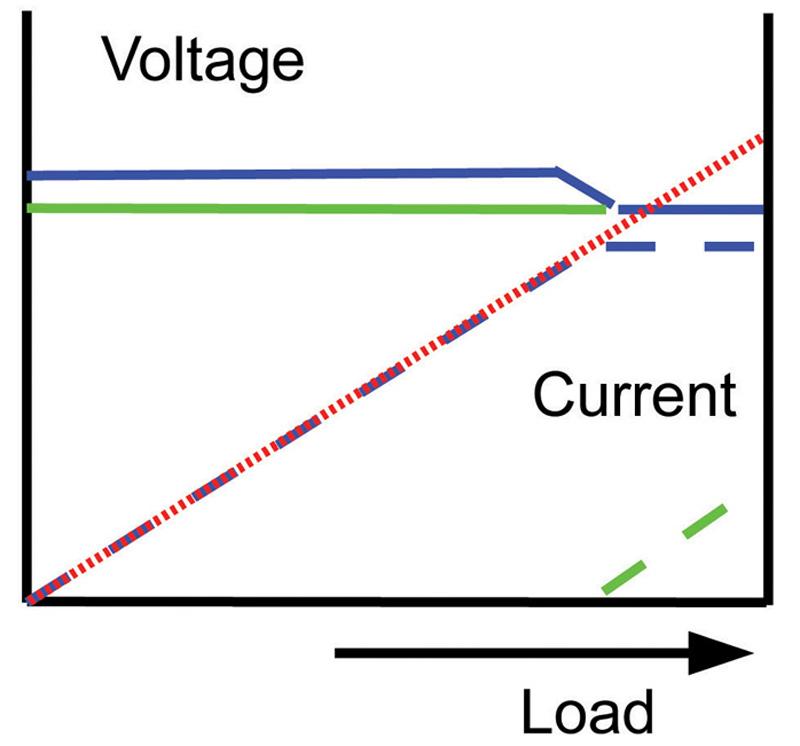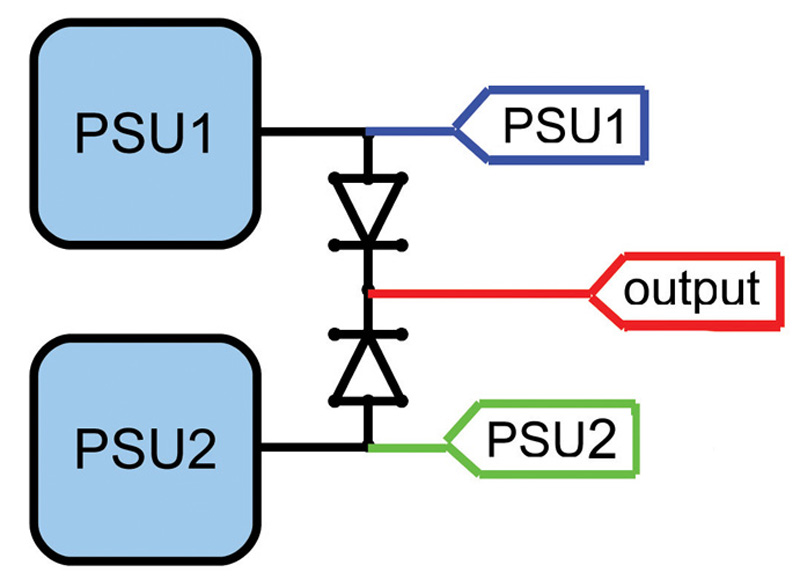Author:
Andrew Skinner, Chief Technology Officer, TDK-Lambda UK
Date
01/01/2012
Power supplies with digital control are gaining in popularity. However the term �digital control' is commonly applied to two quite different meanings. The two main terms are; �Digital power management' where customers communicate with the power supply to monitor status and adjust certain parameters remotely such as voltage, current limit, etc. and �Digital power conversion', which is still in its infancy in terms of products available commercially, involving replacement of the common power supply analogue control loop with a digital control loop. Flexibility is one of the major advantages of power supplies using digital power conversion, where customer specific optimisations can be achieved without the expense of changing the hardware. Andrew Skinner, Chief Technology Officer of TDK-Lambda UK explains how current sharing power supplies operating in parallel can be improved significantly without compromising reliability. When two or more power supplies are connected in parallel, the power supply with the highest output voltage will supply the load; the second unit only supplying current when the output voltage of the first falls below the voltage of the second. The amount of load required to achieve some degree of sharing is dependent on the setting accuracy, load regulation and thermal drift of the supplies used. For power supplies with a small variation in output voltage with load, no sharing may occur until the first power supply is overloaded and enters current limit - see Fig. 1. The normal solution to this problem is to have a separate circuit that forces current sharing. This usually takes the form of a single wire connection between all the power supplies that are paralleled known as a current share bus. The bus effectively acts as a current demand reference and all the power supplies endeavour to follow this. In theory, this is quite a good solution since it maintains good load regulation but in practice at light loads it doesn't tend to work very well; it is not uncommon to require a minimum load for sharing to occur. The current share bus is also a single point of failure for the whole system since loss of the bus could result in zero demand to all the power supplies. Now one of the main reasons for paralleling power supplies is to improve reliability by having an N+1 setup - so to have something where you have a single failure point bringing the system down completely defeats the objective.


Another less common solution to provide sharing between paralleled power supplies is to increase the load regulation (the amount the output voltage changes with load). By doing so, the output voltage changes more quickly with load current and therefore not as much current is needed in the higher voltage power supply before the lower voltage one starts to carry current (see Fig. 2). In this scheme there is no share bus and hence no single point of failure. In a number of high reliability applications, including some telecom systems and a number of medical applications, this is the preferred method of current sharing. This method is often referred to as �droop sharing'. Clearly there are some applications that require droop but many applications with only one power supply that don't. On the EFE series, which uses digital power conversion, the normal setting for a single power supply unit is just as you would expect with a nominally zero slope. However, for paralleling, rather than having a fixed output characteristic, which you would find in most power supplies, on the EFE series the load regulation is defined as one of the many programmable features. Effectively this feature allows the 50% load point voltage to be set -5/+10% of nominal and the load regulation can be programmed with either a positive or negative slope. The control algorithm is programmed such that the result of the slope is always within the specified output range. Skinner notes: �'Optimising the power supply performance in this way has become possible due to our strategic decision to develop our own digital power conversion intellectual property from scratch rather than use some of the proprietary devices now available. You need to fully understand the algorithms involved in order to maximise the flexibility that digital power conversion can bring.'' Referring back to Fig.1, if the two power supplies are operated in parallel with no droop sharing then for most load conditions, one carries all of the current (and consequently runs hot) and the other one sits there doing nothing (consequently running cooler). In itself, this does not cause a problem other than the fact that reliability and life are temperature-dependent. However, some topologies when lightly loaded will enter a different operating mode (e.g. PWM controlled forward converters will go into discontinuous-mode resulting in a high effective output impedance until the control circuit recovers resulting in a low output voltage if fully loaded). If PSU1 fails then the duty-cycle of PSU2 must ramp up from its very low level in order to supply the load before the output capacitor discharges. This could require significant additional capacitance to be fitted in order for the combined output to stay within acceptable limits.


Conversely the EFE300M, which includes an ORing MOSFET, operates in a way in that ensures the correct output voltage is maintained even at zero loads and that the output impedance remains at a low level. Droop , when specified, will improve current sharing and product life but, even when droop is not specified redundancy will still be achieved due to the excellent 0-100% load-transient performance of the EFE, see Fig. 3. Skinner concluded, �'The beauty of digital power conversion in supplies such as the EFE range is that customer specific droop characteristics are simple software changes with standard hardware thus reducing cost, speeding up time to market, and improving overall system reliability.'' www.uk.tdk-lambda.com